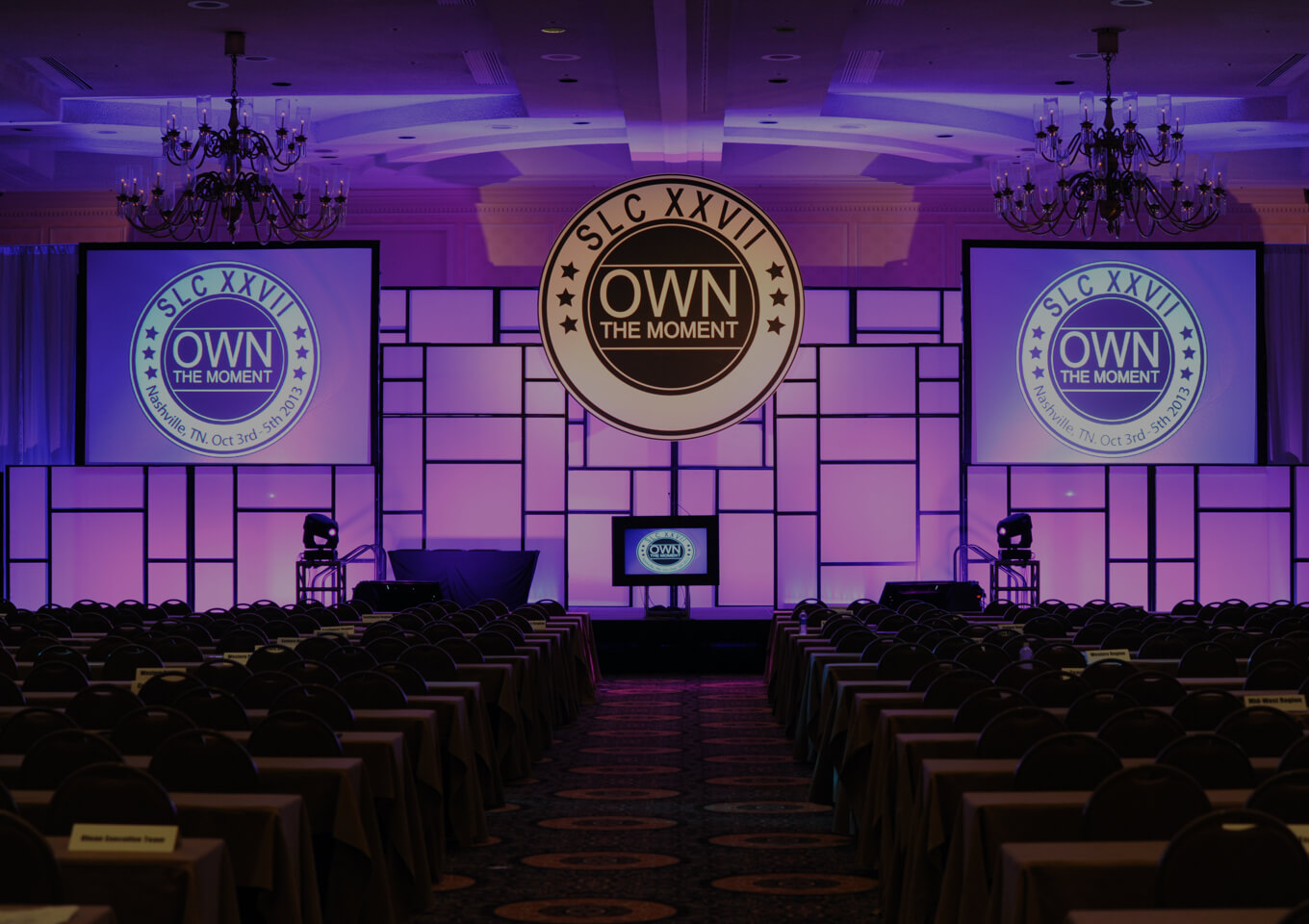Choosing the Ideal Dot Pitch for Maximum Light Emitting Diode Wall Efficiency
Choosing the Ideal Dot Pitch for Maximum Light Emitting Diode Wall Efficiency
Blog Article

As it pertains to light-emitting diode walls, one of the important elements to take into account is pixel pitch. Dot pitch refers to the distance between the cores of two neighboring pixels on an LED display. This metric is commonly expressed in millimeters. Understanding pixel pitch is essential because it explicitly influences the resolution and definition of the images displayed. A reduced pixel pitch means that the pixels are nearer together, resulting to a higher resolution, while a larger pixel pitch yields in a lower resolution. Therefore, selecting the right pixel pitch is vital for obtaining optimal LED wall functionality.
The choice of pixel pitch frequently depends on the viewing distance. For instance, if the light-emitting diode wall is intended to be viewed from a distance, a bigger pixel pitch may be appropriate. This is because the human eye cannot easily discern individual pixels when they are farther away. On the contrary hand, if the wall will be viewed up close, a smaller pixel pitch is needed. In situations such as indoor events, where viewers are typically closer to the screen, a reduced pixel pitch will offer a crisper and more distinct image. Therefore, understanding how sight distance affects pixel pitch is key to making an educated choice.
Another crucial factor is the intended use of the LED wall. Different applications, such as promotion, concerts, or conference meetings, may necessitate different pixel pitches. For instance, an light-emitting diode wall used for promotional purposes in a shopping center may benefit from a pixel pitch that allows for lively colors and elevated detail so that it captures the attention of bystander shoppers. Conversely, an external LED wall used at a concert may prioritize brightness and visibility over resolution, allowing for a larger pixel pitch. Therefore, the particular context in which an LED wall will be used is crucial for establishing the appropriate pixel pitch.
Cost is also a major consideration when selecting pixel pitch. Generally, LED displays with reduced pixel pitches often to be more expensive due to the higher density of pixels and the advanced technology needed for production. Although it may be enticing to choose a high-resolution display with a small pixel pitch, budget constraints frequently require a balance between quality and cost. Organizations should assess their needs and determine how much they are willing to spend in an light-emitting diode wall, ensuring that the pixel pitch aligns with their budgetary capabilities while still satisfying performance expectations.
Finally, it is essential to take into account the maintenance and durability of the LED wall when choosing pixel pitch. Displays with reduced Click Here pixel pitches can sometimes be more fragile and may require more meticulous handling and maintenance. Regular upkeep is necessary to ensure that the display functions effectively over time. Knowing the maintenance requirements and potential issues associated with different pixel pitches can assist organizations make a more knowledgeable decision. By taking into account all these elements, including viewing distance, planned use, cost, and maintenance, one can choose the perfect pixel pitch for optimal LED wall functionality.